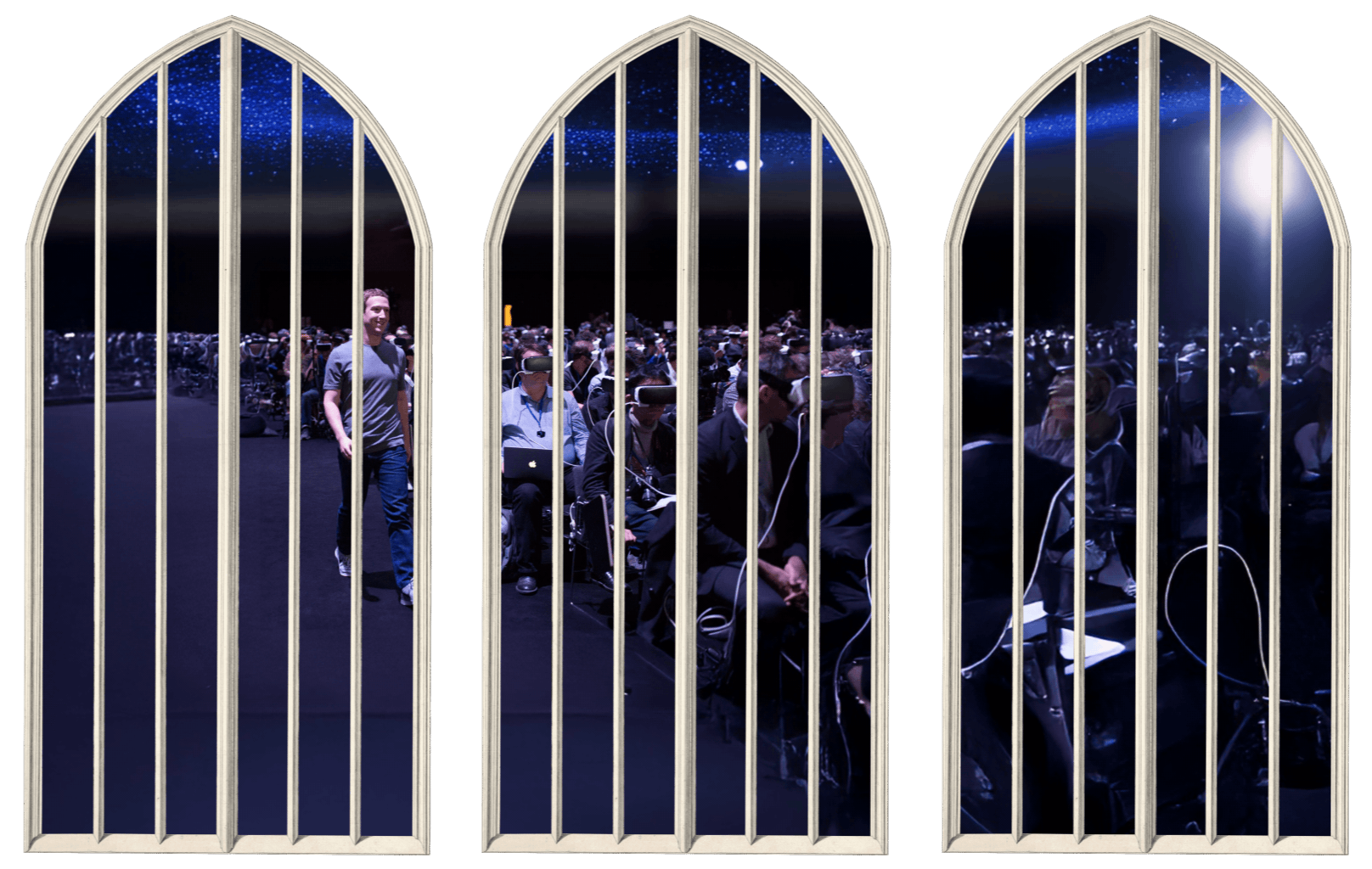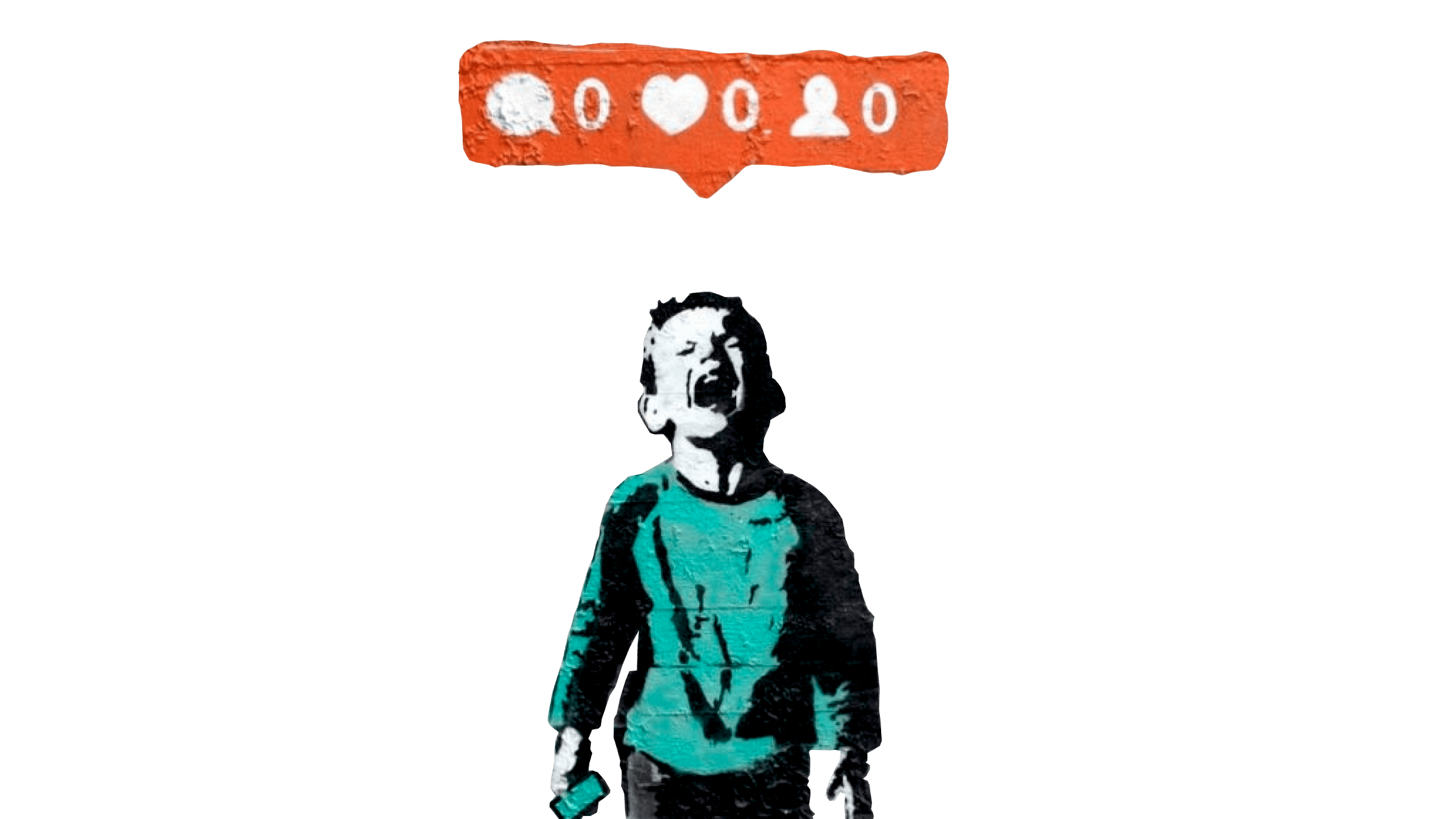The supposed recession is the best thing that could happen to us readers, consumers, new media makers. Avalanche, take us with you!
Even though print continues to cash in significantly more ad revenue than digital media, printed news will—from a purely economical point of view—undoubtedly fail. In the long run, the distribution model of print simply cannot compete. One of my all time favorite articles explains why:
[…] it helps to go back to your basic economics class and recognize that, in a competitive market, the price of a good is always going to get pushed towards its marginal cost. That actually makes a lot of sense. As competition continues, it puts pressure on profits, but producers aren’t willing (or can’t for very long) keep selling goods at a direct loss. Sunk (or fixed) costs don’t matter, because they’ve already been paid—so everything gets pushed to marginal cost. That’s pretty well accepted by most folks—but it’s still misinterpreted by many.
Music and news are confronting a radically new environment for production, distribution, and sales. Consumers have long since embraced the new situation, yet the industry continues to sail its old business models into an economic abyss.
Whiny Tunes
If you print newspapers for free (as is customary in many parts of Europe) and subsequently complain when asked to “give it away” online, or if you block your archive out of conservative avarice and then pompously drag your biggest traffic contributor to court, then not only do you need to be forced to retire, you need to be forced to retire with a nice, hard hickory stick.
Again: we (the readers) have never paid for news. Up until this point we have only paid for the paper which we no longer need. The lion share of news production has always been covered by advertising.
Everyone knows this, yet the whiny media moguls continue to wipe it under the carpet. Rather than trying to find new ways of making money online through innovation, they place blame on some digital Che Guevara. It comes as no big surprise to hear that a sales manager of a media house’s print department attempts to sabotage online advertisement out of fear of losing print business. Sales is dull, change can be stressful, and moguls enjoy sitting comfortably.
Print Blindness
What continues to astonish me is that corporations continue to spend so much money for print ads while skimping on their online budgets. Yet our dear marketing departments stay the course: throwing suitcases full of hundred dollar bills out the print ad window, wasting money on an information medium considered informative only by human relics—everyone else, you may have noticed, utilizes newspapers to hide yawns in public cafés, cover floors while painting, and stuff wet shoes to expedite drying.
So the question is “how long?” How long before marketing departments change course? Online advertisement surges upwards at breakneck pace every year (why do you think Microsoft is so eager to buy Yahoo?). In the United States, online advertisement rose another 18% last year while the print advertisement market suffered its biggest blow in fifty years, shrinking to 90% of its former self.
The Real Scandal
To consider the sinking ad market alongside the declining paper news consumption must instill rodent-like fear in the old media house, and their recognition of the disparity between young screen readers and the old, dying paper readers should make the prospect of jumping ship more appealing. Yet the really disconcerting news is this:
- 13 million people read the New York Times online
- 1.6 million people subscribe to the New York Times paper
- The New York Times Corporation makes some $484 million a year
- Only $51 million of that total is generated from online operations
So while the website has a readership ten times higher than the paper, it makes nearly 100 times less money per reader. What the hell is going on here?
Who is to Blame?
Of course the guideline that one shouldn’t pay for ads if they’re not clicked doesn’t really help. As the average, CPM is actually a pretty foolish guideline. But the misery that editions continue to march towards has more banal reasons:
- Advertisers are spoiled snobs who arrogantly leave multi-billion dollar businesses for a single tech company (Google)
- Communication managers are brain-damaged morons with a client image directly out of a fifties spot
- Online ad budgets suffer from anorexia
- CFO’s don’t give a flying fuck about return on marketing
- Our newspapers’ online ad departments are uncreative sissies
- Business consultants don’t know how to spell the word “interaction”
- There are no kick-ass new-media marketing companies around
But there is hope. If the recession that has been promised to us for months and months should finally arrive, then perhaps small-, medium-, and large-sized corporations will think twice before wasting more money on the old, inefficient one-way communication, instead investing in measurable contemporary marketing. At this point a new generation of agile communication agencies will march past the old, one-way dandies. “Ô avalanche! Emporte-moi dans ta chute!”






